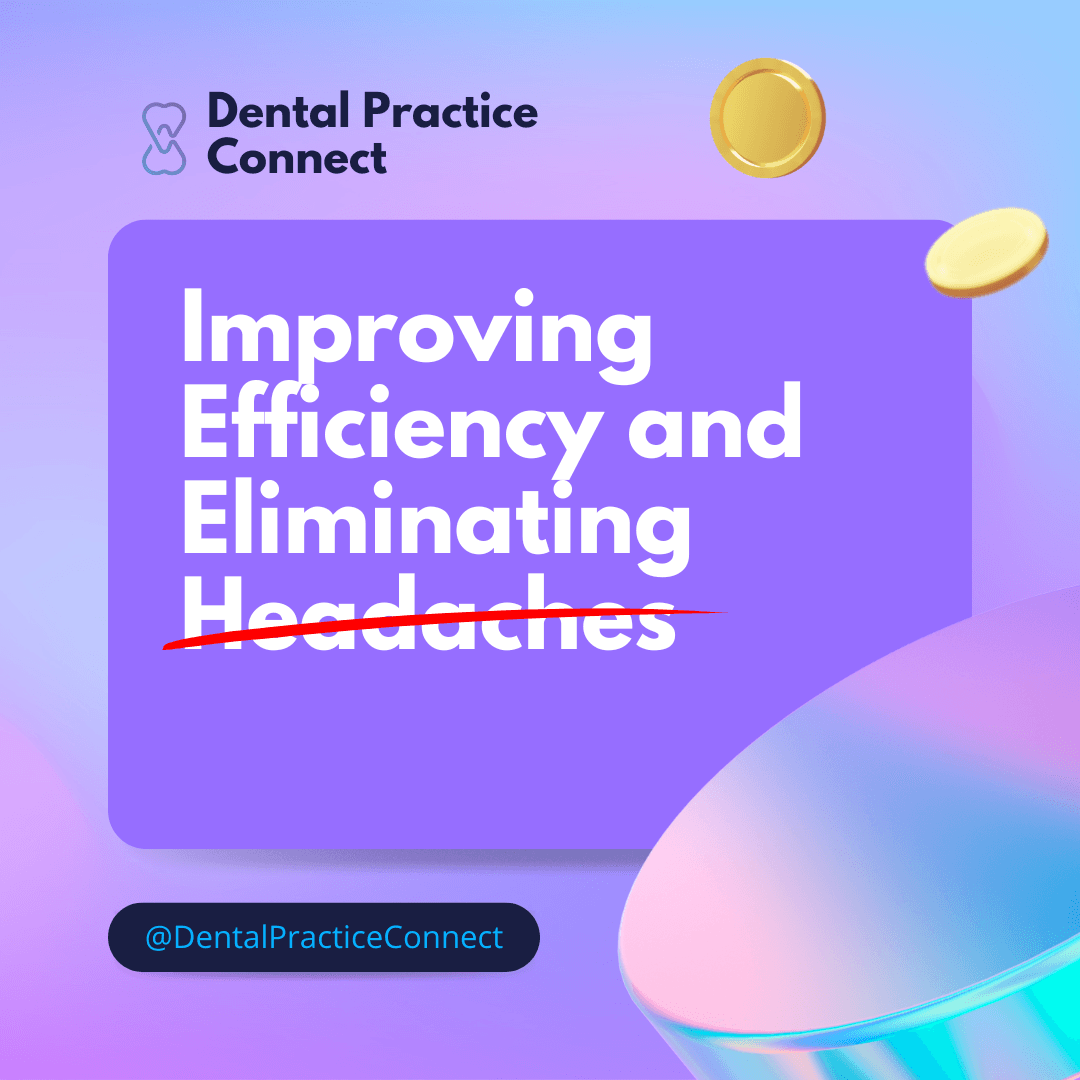- Knowledge Base
- Improve Efficiency and Eliminate Headaches Diving Deep into Chair Economics
Improve Efficiency and Eliminate Headaches Diving Deep into Chair Economics

Leslie George
2025-04-25
5 mins
Share

Quick Stats
| Rural Texas | PPO General | Profitability increase of 25% |
|---|---|---|
"I don’t know why i didn’t do this before” - Doc
Challenge
A rural Texas PPO office owner felt stuck and burnt out. The owner wanted to sell the office as soon as he could because he felt like he worked harder every year, while making less money. The office had previously relied on only word of mouth referrals, and was staffed by the doctor’s own family members. This meant that even if the owner could take a break, the spouse and other relatives would be stuck churning the role.
DPC Solution
DPC met with the client and heard the frustration in their voice. This was clearly an issue that required more involvement as the way that the doctor built his brand and business seemed like it was not going to work for them in the long term. In this case, DPC started with an interview of the doctor to hear their story and then pulled the underlying data. The data and the owner’s story had many similarities, but it also had some hidden insights.
Ultimately, the doctors problem could be boiled down to the fact that he was making less revenue per hour every year, and his cost to run the practice per hour was increasing. His margin was shrinking every year that he was in business. This was definitely not normal for a dental practice, but it happens more often in family run offices. The cost and incentive structure for these offices is more nuanced than other offices, usually at the expense of the producers.
So how do we fix it?
Insights and Actions
Pulling the data showed that there were a few different areas of focus that the practice needed to find a solution for. During a post valuation call with the doctor, these three KPIs and improvement strategies were discussed in detail
Adjusted Production per Chair Hour
- What is it?
- The total dollar amount produced per open chair per hour inclusive of negotiated discounts (PPO discounts or office promotions)
- Why does it matter?
- This metric shows the total collectable dollars for an office for each open hour. This metric can vary widely depending on the office’s model and it should be used in tandem with other metrics
- How do we improve it?
- Appointment level data - Utilizing the appointment level information to see revenue by code assigned
- Treatment Planning - Analyzing the treatment plans to see what has been diagnosed and accepted by patients
- What is it?
Cost per Chair Hour
- What is it?
- The total fixed, and some variable costs, incurred per open chair per hour.
- Why does it matter?
- This metric shows the total expense dollars for an office for each open hour. This metric can vary widely depending on the office’s model and it should be used in tandem with other metrics
- How do we improve it?
- Analyze fixed costs including rent, utilities, insurance, and local taxes if any.
- Analyze selected variable costs including payroll, office supplies, and subscriptions.
- What is it?
Total Open Hours
- What is it?
- The total hours of chairs that are available for a patient to be seated. This multiplies total Open Operatories x Office Hours
- Why does it matter?
- The more open hours per operatory, the lower revenue and cost per hour. However, this metric can also hurt you if there aren’t enough patients per operatory and the staff members working stays the same.
- How do we implement it?
- After analyzing the total profit per hour per chair, the provider was encouraged to make a few operational changes that may result in a change of schedule. Only after the changes were implemented could open hours be changed.
- What is it?
Results
The practice was able to take DPC’s recommendations to dive deeper into their revenue and costs per hour. The office first looked at revenues, and it was found that the revenues per hour were flatlining or even shrinking in some weeks even though the patient base was growing. When we dove deep, we found that the doctor was overwhelmed with new PPO patients, and not able create comprehensive treatment plans because of the challenging schedule. By slowing down the schedule to allow time for diagnosis, the revenue per hour started to improve.
Addressing the cost issue was a different matter altogether. The practice was family run, and labor was the largest bucket of cost. The doctor was spending an outsized amount on the family payroll. DPC had advised the the doctor could save nearly 20% by hiring outside of the family for key positions including office manager and RDA. The doctor, however, chose to keep their current strategy as the personal touch from their office is what has kept them successful.
The best news is that the doctor ultimately decided not to sell the office due to the results
- DPC helped the rural office decrease Overhead % per hour from a peak of 64.5% to 49%, a decrease of nearly 25%
- DPC’s tools increased the doctor’s profit by $232K per year.


Leslie George
Founder, Dental Practice Connect
Leslie George is a seasoned finance and operations professional with cross-industry experience. Over the past six years, he has dedicated his work to helping dental practices achieve operational excellence. All while building a meaningful, balanced life for his wife and children.
Share
Our Recent Knowledge Base
Explore real-world success stories showcasing innovation, sustainability, and efficiency.









